Our planet relies on the oceans as climate regulators. At the same time, the effects of our emissions are most evident in the oceans. Today, eutrophication, climate change, ocean acidification, and invasive species are some of the challenges the oceans face. The Ocean – A key player in climate
The oceans are already significantly impacted by human activity, making them sensitive to further influence from climate change. Habitats of species may disappear, shift, or shrink, while others gain access to new distribution areas. This can lead to a reduction in biodiversity, exacerbating the oceans’ resilience against, for example, climate change.
According to the International Panel on Climate Change (IPCC), over 90 percent of excess heat and between 20 and 30 percent of carbon dioxide emissions have been absorbed by the oceans. Carbon dioxide is absorbed by the oceans as the gas dissolves in water, and phytoplankton in surface waters take it up and bind it in organic material through photosynthesis. Phytoplankton are then consumed by zooplankton, which, along with other organisms, fall towards the ocean floor as marine snow when they die. This process allows large amounts of carbon from the upper layers of the ocean to reach deeper layers which is crucial for the organisms there. The transport of carbon to the bottom also ensures that it remains in the oceans much longer than if it were to stay in the surface layer, potentially leaking carbon dioxide back into the atmosphere.
One effect of increased emissions of greenhouse gases is ocean warming. When the oceans become warmer, the entire ecosystem is affected. Fish size may change, algal blooms and dead zones increase, and many species such as eelgrass, harbor seals, and mussels struggle to survive. Furthermore, as water becomes warmer, it becomes more challenging for the oceans to absorb carbon dioxide, potentially worsening climate change further.
The warming of the oceans is now the fastest in at least 11,000 years. Although it can be slowed down with powerful measures, the stored heat energy contributed so far will continue to warm our planet for hundreds or even thousands of years.
The oceans play a large role in how we experience the climate on our planet. Thanks to the Gulf Stream, Nordic countries for instance have a relatively mild climate in relation to their northern positions. Warming of the seawater leads to significant changes in ocean circulation and rising sea levels as the ice in the ocean’s melts. The decrease in ice is more pronounced in the northern hemisphere than in Antarctica, and research indicates that the ice will continue to melt for at least 100 years, regardless of the measures taken. However, the effects worsen with the more greenhouse gases we emit. Many scientists are concerned about how the Earth will be affected when the Arctic ice disappears, as it affects the climate by reflecting solar radiation.
Climate change will affect the salinity of the oceans. In areas near the equator, evaporation will increase, leading to an increase in salinity. In areas closer to the poles, such as the Swedish seas, salinity will decrease as precipitation and the influx of freshwater increase and polar ice melts.
Changes in salinity and temperature can, among other things, lead to increased oxygen deficiency. This is because the stratification of seawater in depth becomes clearer, preventing mixing and transport of oxygen-rich water to the bottom. Salinity and temperature also largely control the geographic distribution of species, meaning that climate change can have significant consequences for biodiversity.
The evil twin of warming
The absorption of carbon dioxide by the oceans has almost doubled since the 1980s, but it has come at a cost. When carbon dioxide is mixed into the water column, the chemistry of the ocean changes. A higher concentration of carbon dioxide in the ocean increases acidity, a phenomenon called ocean acidification, sometimes referred to as the “evil twin of warming.” Like the effects of climate change, ocean acidification can lead to the extinction of species or shifts in ecosystems. Studies show that key species such as brittle stars in Gullmarsfjorden would not survive the acidification expected within a few decades. And since many species depend on them, it can have significant consequences for the entire ecosystem.
Ocean acidification affects various biological processes such as photosynthesis and calcification. Many marine organisms are affected by the fact that ocean acidification makes calcium less accessible, as they form shells and skeletons from calcium. Corals are affected by both calcium deficiency and increasing temperature. Coral reefs are one of the ecosystems with the highest biodiversity globally but are also most affected by climate change, leading to coral bleaching. Even the coral Lophelia in Kosterhavet National Park is affected by increased temperature and acidity.
Eutrophication
Today, several marine areas, such as the Black Sea and the Baltic Sea, are affected by eutrophication. This is due to increased nutrient input, leading to the proliferation of fast-growing phytoplankton, cyanobacteria, and filamentous algae. This makes it difficult for other species to survive as much sunlight is blocked. When the algae sink to the bottom, bacteria use up the oxygen to break down the organic material. This has resulted in large dead zones in, for example, the Baltic Sea, where only bacteria and a few other microorganisms can survive in the oxygen-depleted environment. Eutrophication leads to overgrown bays, deteriorated water quality, and reduced biodiversity.
While some nutrient inputs occur naturally, human activities contribute significantly by adding extra nutrients in the form of nitrogen and phosphorus. Agriculture, sewage, industries, forestry, road traffic, and shipping all contribute to eutrophication. Because eutrophication in the Baltic Sea has been ongoing for so long, there are old sins in the form of nutrients bound in sediment. Internal loading is a process where these nutrients are released, mainly when there is limited oxygen at the bottom. Eutrophication thus creates a negative spiral where the system eventually feeds itself.
Although the eutrophication status is still poor in most parts of the Baltic Sea, improvements can be seen in the Gulf of Finland, Kattegat, and the Belts. According to the Helsinki Convention, HELCOM, nitrogen inputs have decreased by 19 percent, and phosphorus by 24 percent since the mid-1990s. To further reduce the impact of eutrophication, the main sources, namely agriculture and wastewater, should be controlled.
Environmental toxins
Many environmental toxins have decreased significantly since the 1970s. However, society’s extensive use of chemicals needs further reduction. History speaks clearly: actions make a difference.
Almost all toxic substances released into nature are considered environmental toxins. Some of these can harm animal and plant life even at low levels if they persist for an extended period. Environmental toxins often break down slowly, meaning their effects can be both long-lasting and spread over large areas. Some common environmental toxins include mercury, lead, cadmium, tributyltin (TBT), DDT, PCB, and dioxins.
Most organic environmental toxins are fat-soluble and therefore accumulate in the fat tissue of various organisms. Toxins accumulate to a greater extent the higher up the food chain you go. Therefore, top predators, often suffer more from environmental toxins than prey animals. When humans eat fish that have stored environmental toxins, they ingest these toxins. This has led to specific dietary recommendations for pregnant women, children, and young people when it comes to fatty fish.
White-tailed eagles and seals were heavily affected by environmental toxins during the 1960s and 70s because they are long-lived animals high up in the food chain. The white-tailed eagle was close to extinction because the chicks did not survive. Seals in the Baltic Sea struggled to reproduce, and in combination with hunting, environmental toxins led to only a few thousand seals remaining. After measures were taken to reduce the levels of environmental toxins, white-tailed eagles and seals in Sweden increased.
But despite the prohibition of PCB and many measures aiming at reducing the spread of environmental toxins, the levels are still relatively high. Some dioxins are considered some of the most dangerous environmental toxins as they can affect the development of our brain, immune system, nervous system, and the ability to have children. This is due to their long-lasting nature and the existence of emission sources that Baltic Sea countries have not yet addressed. Additionally, humans constantly introduce new chemicals that risk reaching the oceans.
Plastic in the ocean
A common pollution in the oceans today is plastic. In the oceans, more than around 150 million tons of plastic float, increasing by 5 to 13 million tons each year. Estimates show that 80–85 percent of marine litter in the EU consists of plastic. Of this, 50 percent are single-use products, and 27 percent are fishing-related items. Lost fishing gear, such as nylon nets, often float around as death traps for animals, known as ghost nets. Whales, seals, seabirds, and other animals can get entangled in these and die.
To try to reduce the problems of plastic waste in the oceans, the EU introduced a directive against single-use plastics in 2021, prohibiting the sale of plastic straws, among other items. Since it takes several hundred years for plastic to break down in the ocean, it instead slowly disintegrates into smaller parts, eventually becoming microplastics. Microplastics are also flushed into the oceans from wastewater treatment plants, often originating from fabrics made of synthetic materials and additives in hygiene products and cosmetics. About 10–30 percent of plastic particles elude capture by wastewater treatment plants and end up in the oceans. If animals ingest microplastics, they can be harmed or poisoned. Additionally, when they consume plastic, a false sense of being full occurs, leading to malnutrition. In water, plastic particles act as magnets for bacteria and environmental toxins, which animals ingest.
Although no significant risks for the environment and health have been found with current concentrations of plastics, knowledge gaps are significant. This currently prevents any conclusive statements about the risks of microplastics.
TEXT: Lina Mattsson
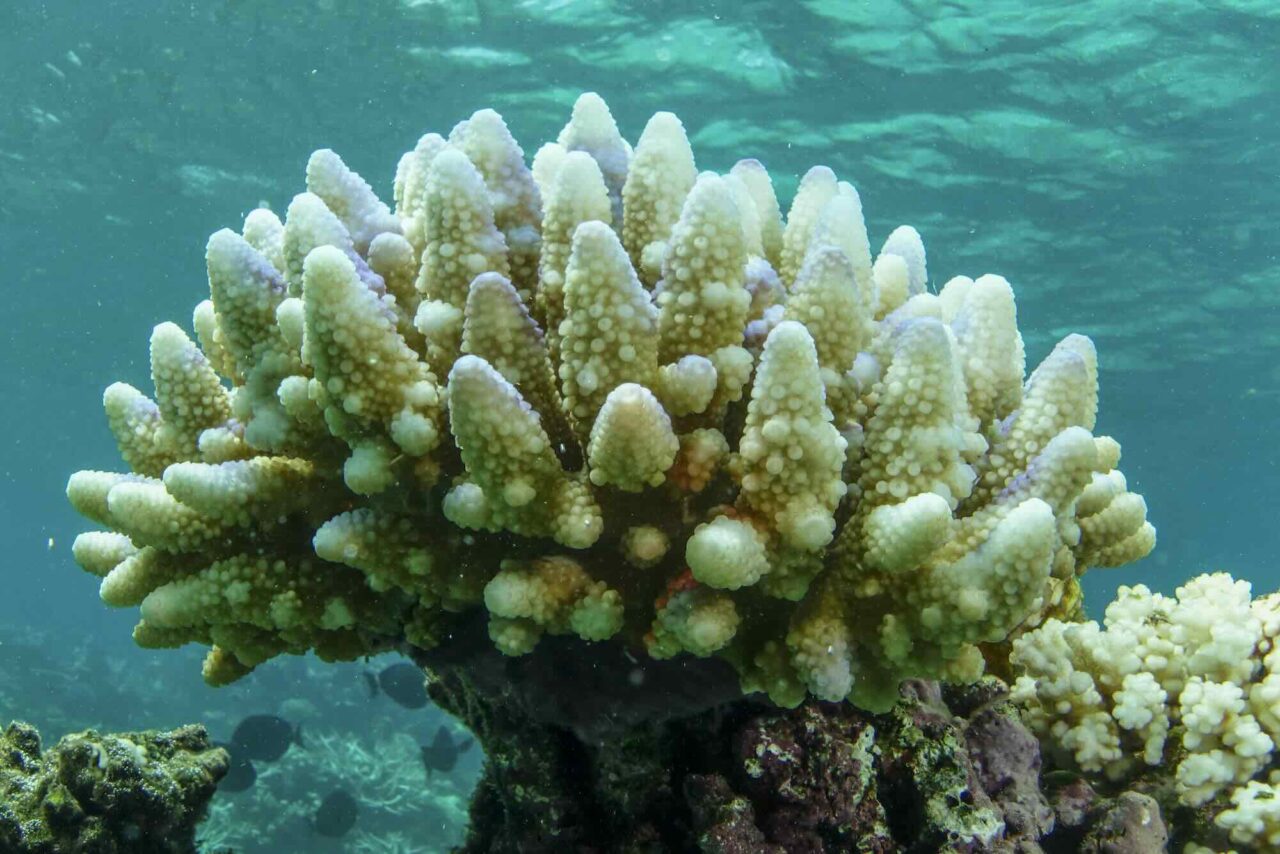
Scientists warn that the significant coral bleaching, which the American weather agency NOAA warned about earlier this year, has spread to several places on earth.

An increasing number of journalists and media outlets covering climate change are subjected to various forms of physical, verbal threats, harassment, and attacks. This is shown by new statistics from the UN agency Unesco.
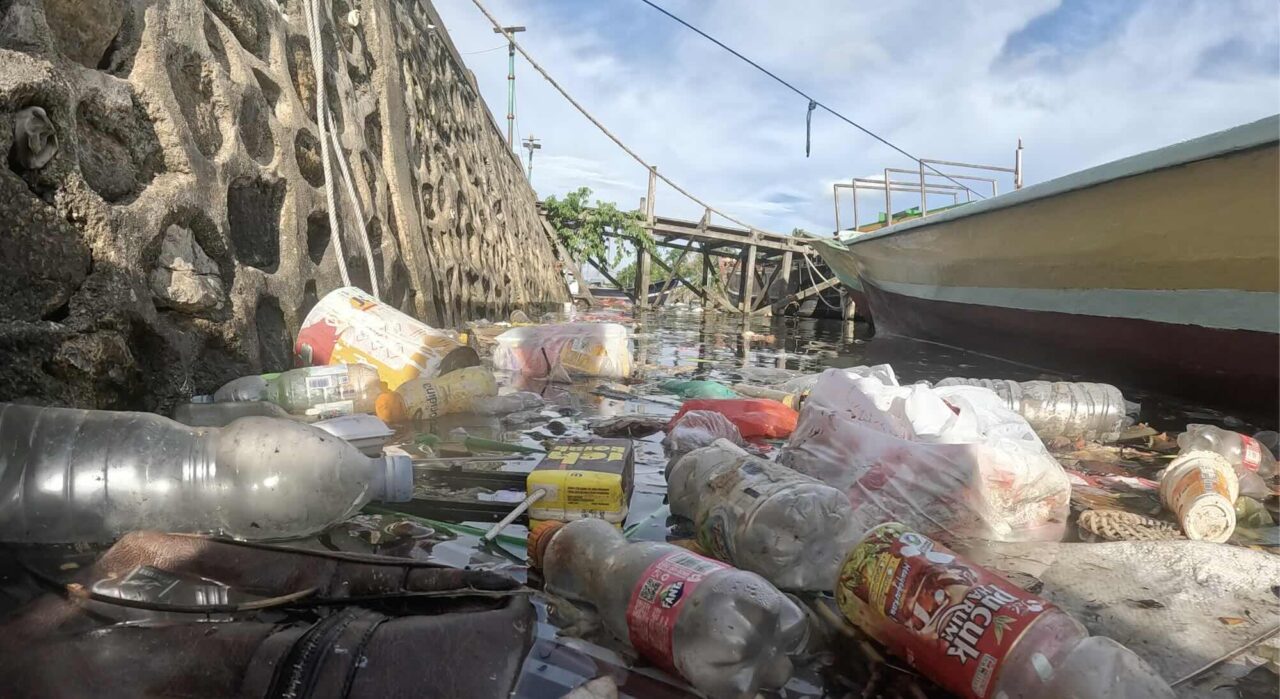
Over 15 million tonnes of plastic have leaked into the ocean since the Intergovernmental Negotiating Committee sessions began in 2022. The fourth session (INC-4) marked a crucial juncture in the development of a global plastics treaty. However, stakeholders leave disappointed as the negotiations conclude in Ottawa, Canada. The reduction of plastic production, a key provision, was omitted from the mandate of further technical discussions.
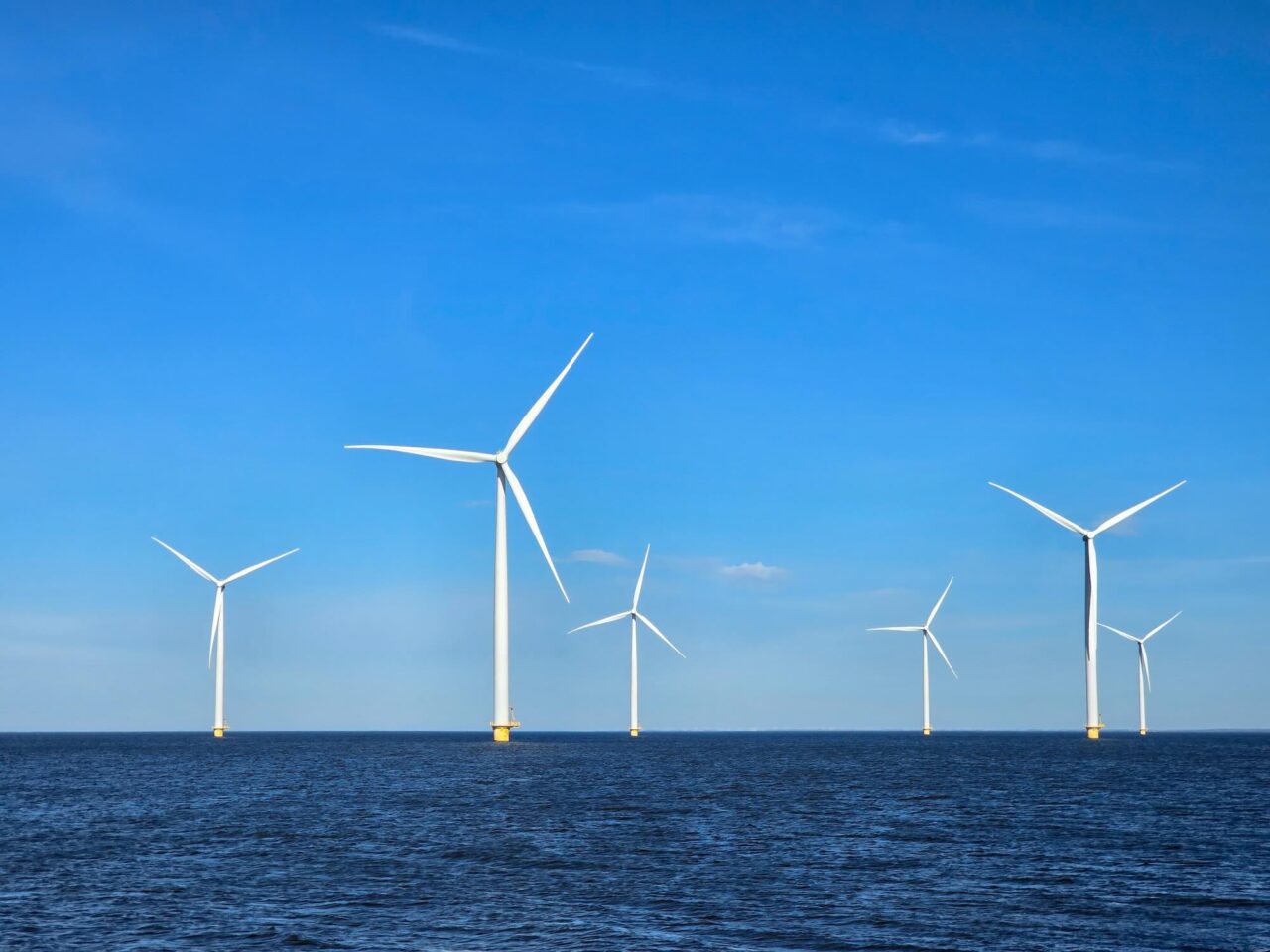
Just as all life on land, life in the sea depends on oxygen. But for the oxygen to penetrate to the depths, the gas must be able to mix through the layers of sea water. Groundbreaking British research shows that summer storms are important for keeping the ocean healthy. And wind power has a positive effect, shows the study, published in Nature Communications.

The salmon industry is beset with major problems - which they do everything to hide. Journalist and author Simen Saetre knows all about it. He has reviewed and written about the salmon industry for several years, including in the book "The New Fish".

A new investigation shows that organic eggs contain high levels of several toxins and may pose a risk to young children. However, the production of conventional eggs risks increasing the amount of toxins in the environment in the long run. - We need to put the brakes on (for PFAS). We should have done so the day before yesterday, says Petra Bergkvist, inspector at the Swedish Food Agency.

2023 marked the warmest year on record with unprecedented climatic extremes from sea level rise to shrinking glaciers. Discover a ray of hope amidst these climate challenges.
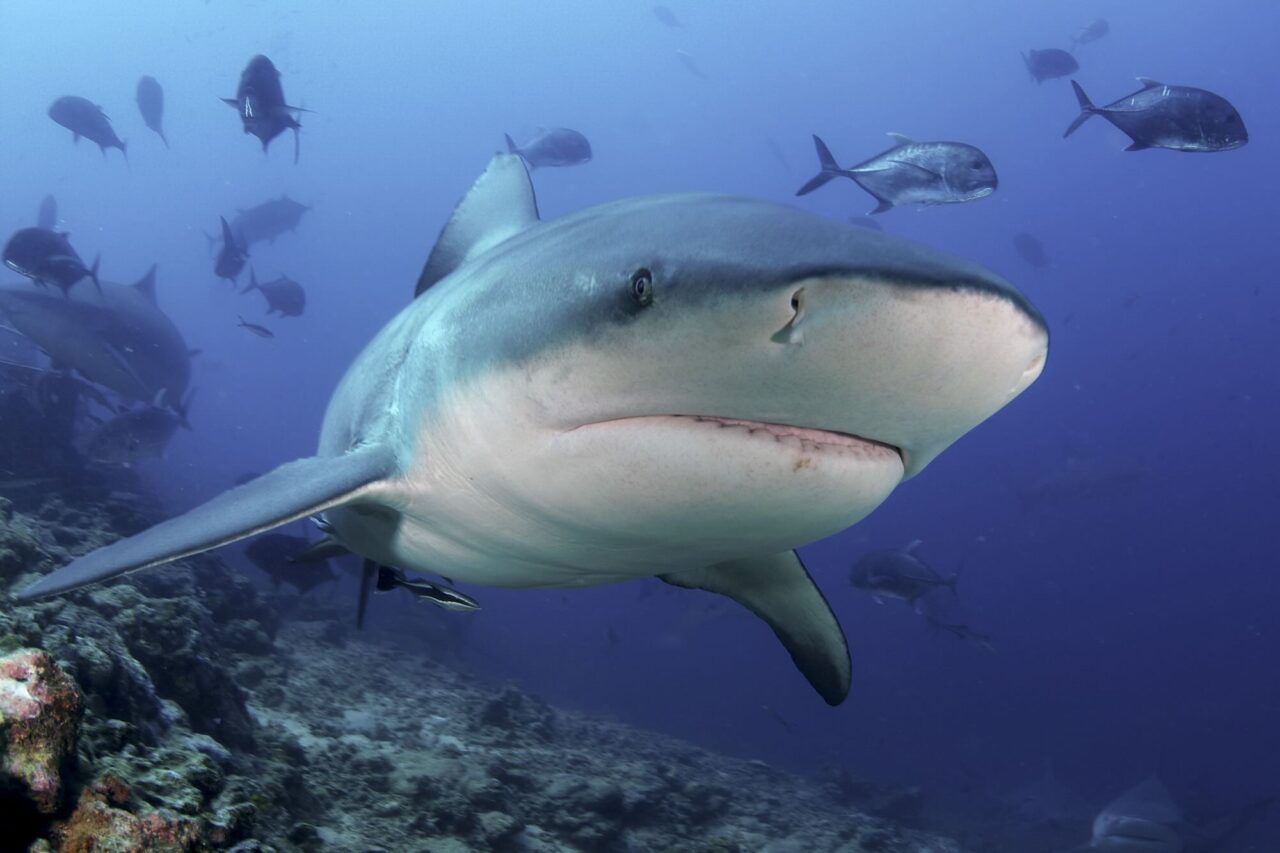
The aggressive bull shark has increased sharply in a coastal area in the United States. Scientists link it to rising water temperatures – and predict more shark-human interactions as the planet warms.
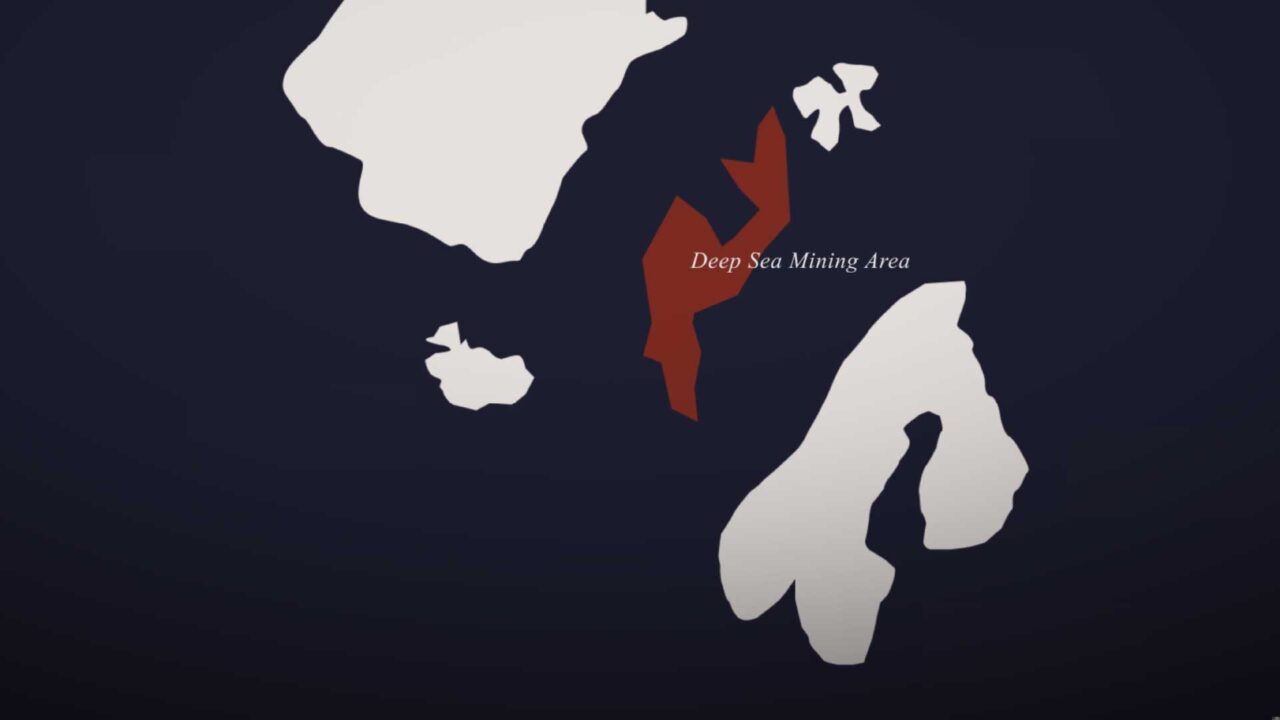
In a world that urgently needs to change from fossil to renewable, there is a growing need for rare minerals such as cobalt and manganese. When we find them above ground, it is often in small quantities, but now it is believed that there are large deposits four thousand meters below the surface, in the deep sea. And the hunt in the depths has begun.
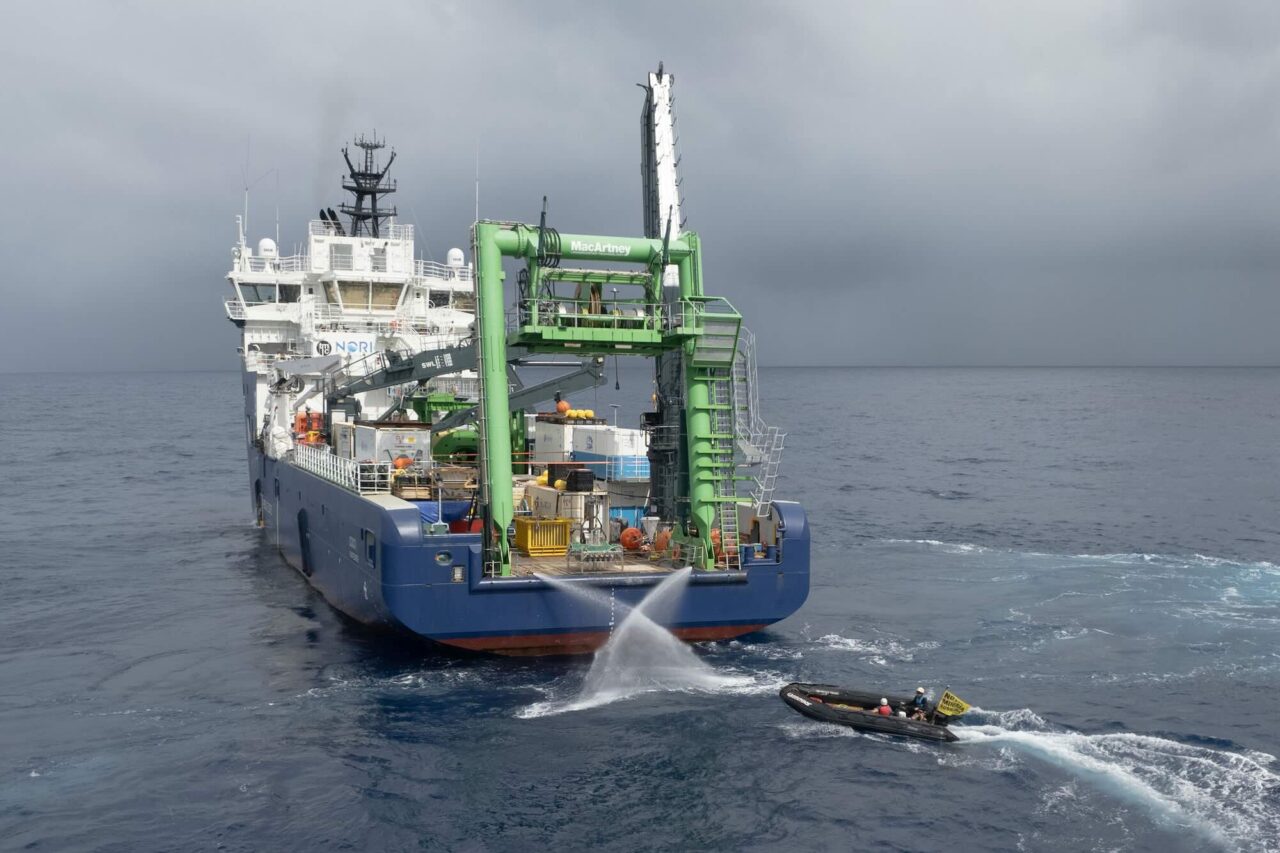
In a world that quickly needs to change from fossil to renewable, there is a growing need for rare minerals such as cobalt and manganese. When we find them above ground, it is often in small quantities, but now it is believed that there is hope for large deposits four thousand meters below the surface, in the deep sea. And the hunt for the bottom has begun.
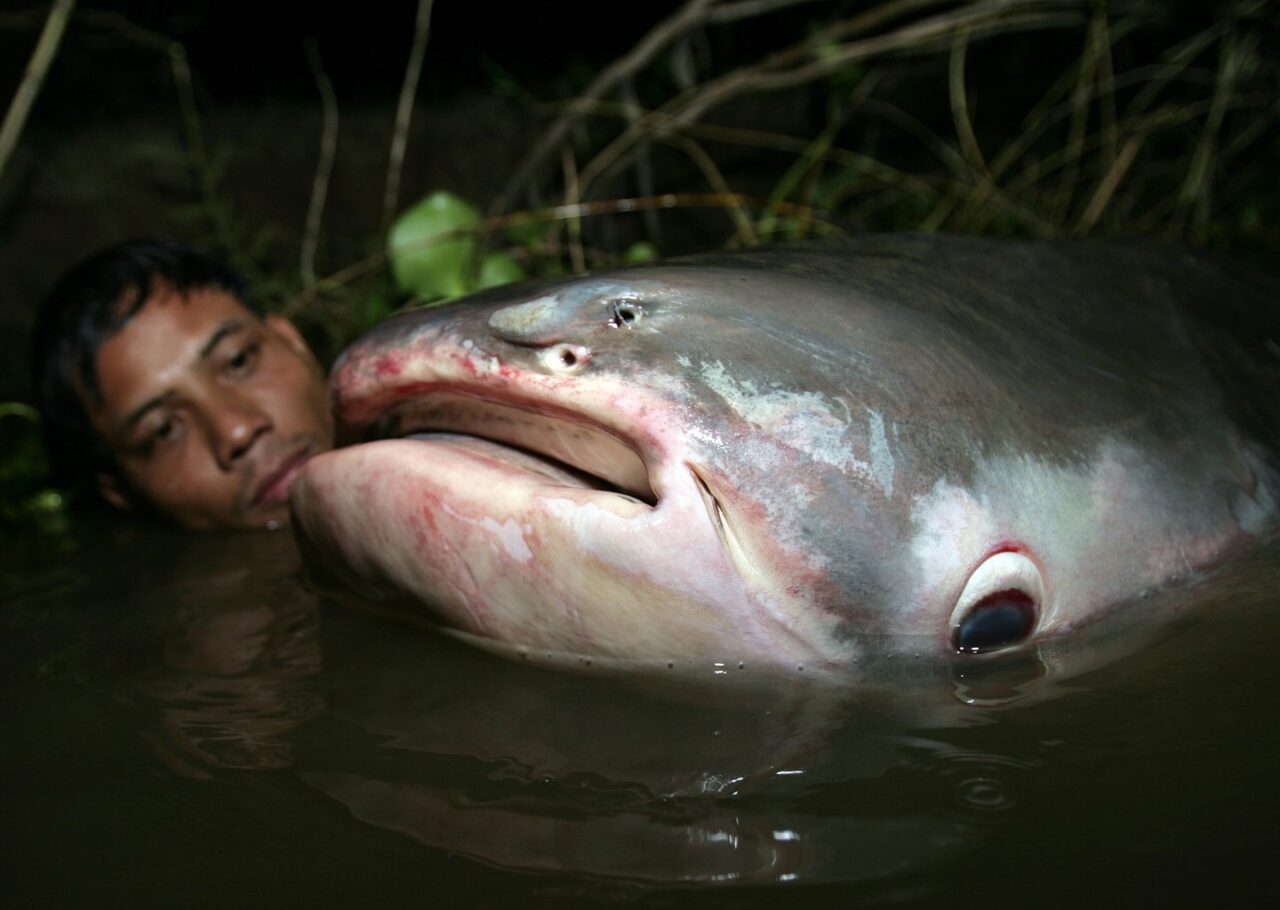
Overfishing and new hydroelectric dams are among the reasons why a fifth of the fish species in the Mekong River in Asia are threatened with extinction, according to a report from, among others, WWF.
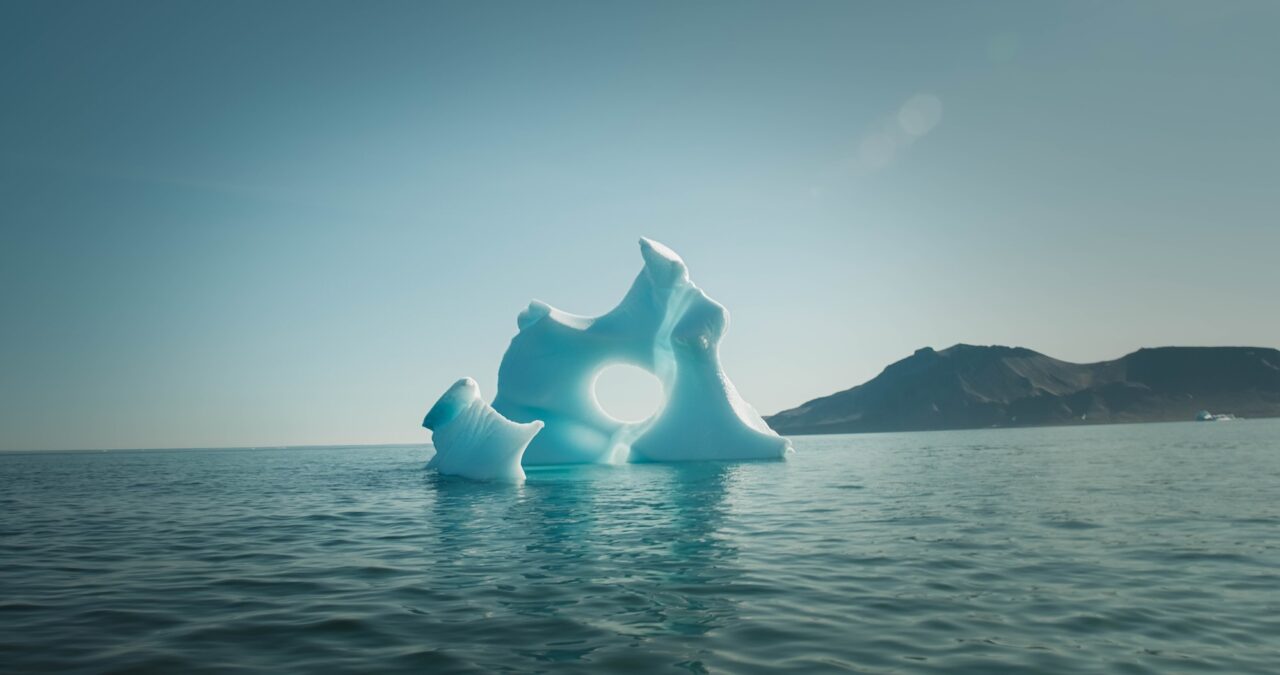
Our planet relies on the oceans as climate regulators. At the same time, the effects of our emissions are most evident in the oceans. Today, eutrophication, climate change, ocean acidification, and invasive species are some of the challenges the oceans face.

A mysterious salmon disease discovered in the Norwegian Enningdalsälven, on the border with Tanum municipality in Västra Götaland, is causing concern. The disease, Red Skin Disease, manifests itself as skin bleeding, fungus, and sores on the fish's belly, causing the salmon to rot alive.
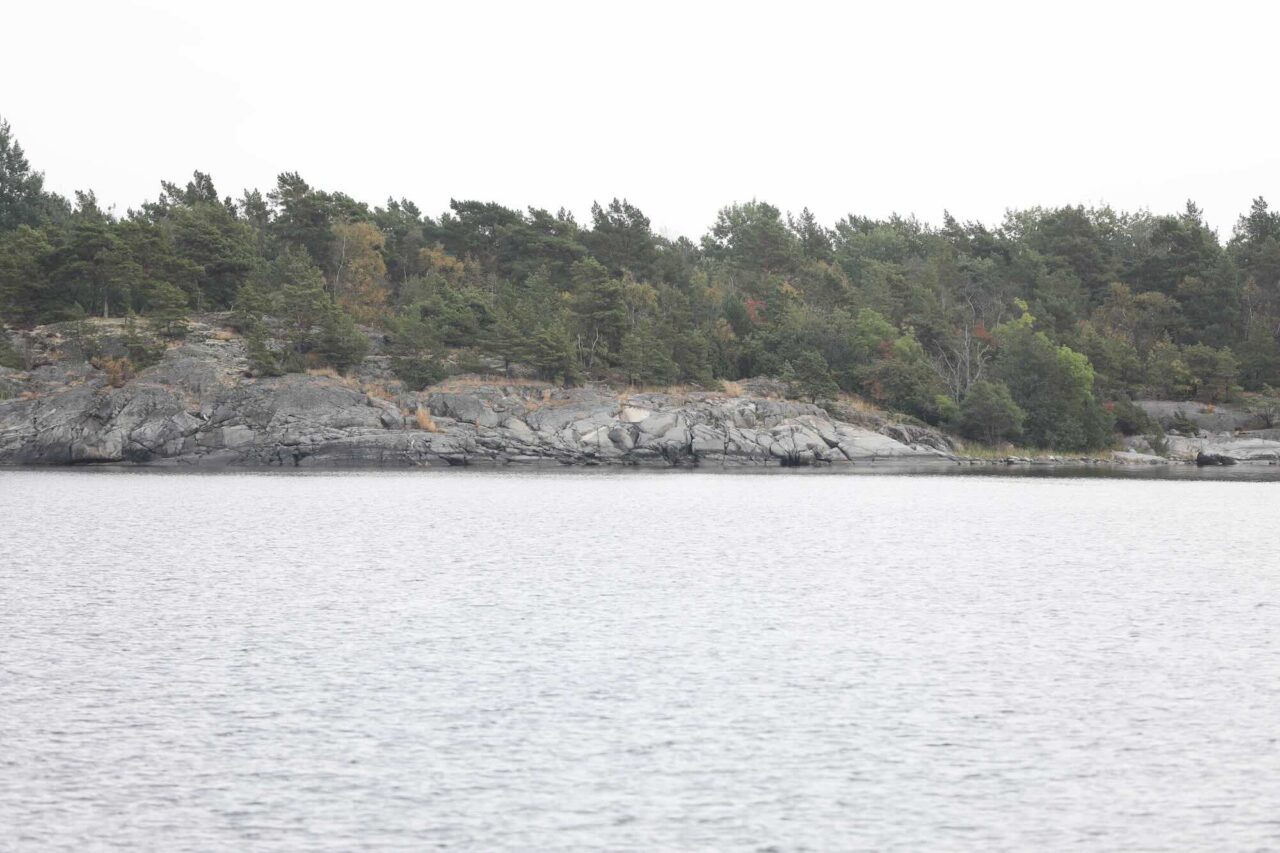
It may soon become easier to start algae and mussel farms in Sweden. This is indicated by a new investigation that suggests aquaculture should be able to bypass shore protection. – It is entirely reasonable for aquaculture to be given the same conditions as other arable industries, but a significant increase in coastal aquaculture could have negative effects on the shore zone, accessibility, and water environment, says Sofia Wikström, associate professor of marine ecology at Stockholm University.
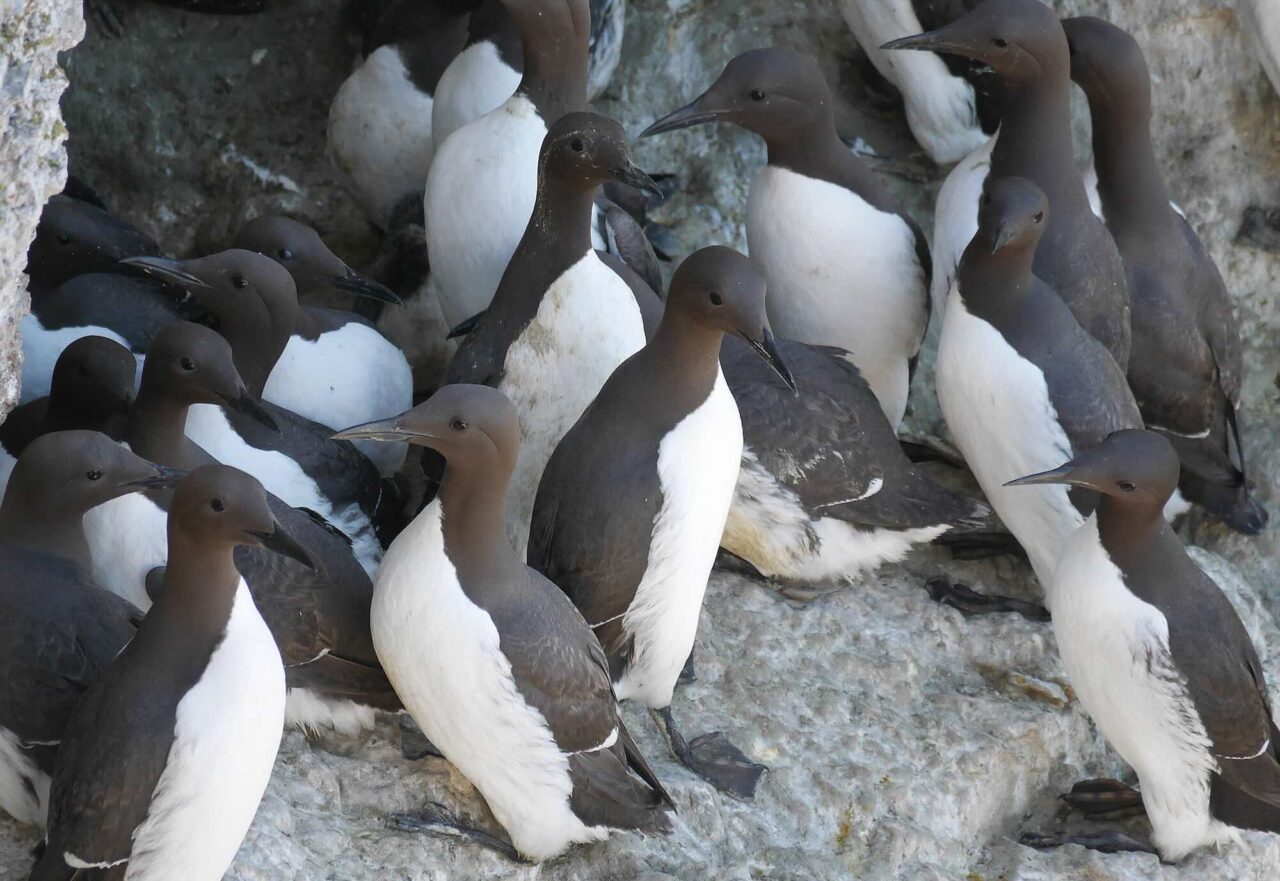
Hundreds of guillemots have been found dead along the west coast. A harsher climate and overfishing seem to be the cause of the birds starving to death.
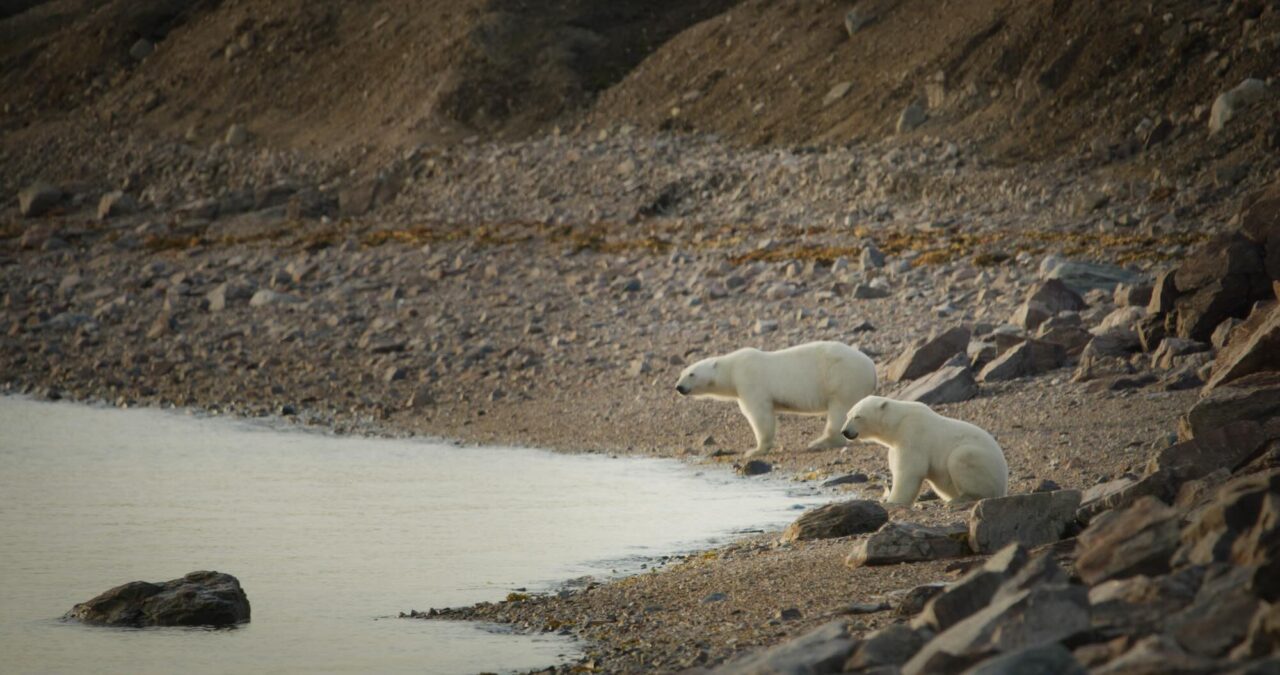
When the polar bears are forced to spend more time on land than on the ice, the risk of them starving to death increases, a new study shows. This shows, say the researchers, that Polar Bears will find it difficult to adapt to a changing climate with warmer summers. "Polar bears are not grizzly bears wearing white coats. They're very, very different." said Charles Robbins, director of the Washington State University Bear Center and co-author of the study in the journal Nature Communications.
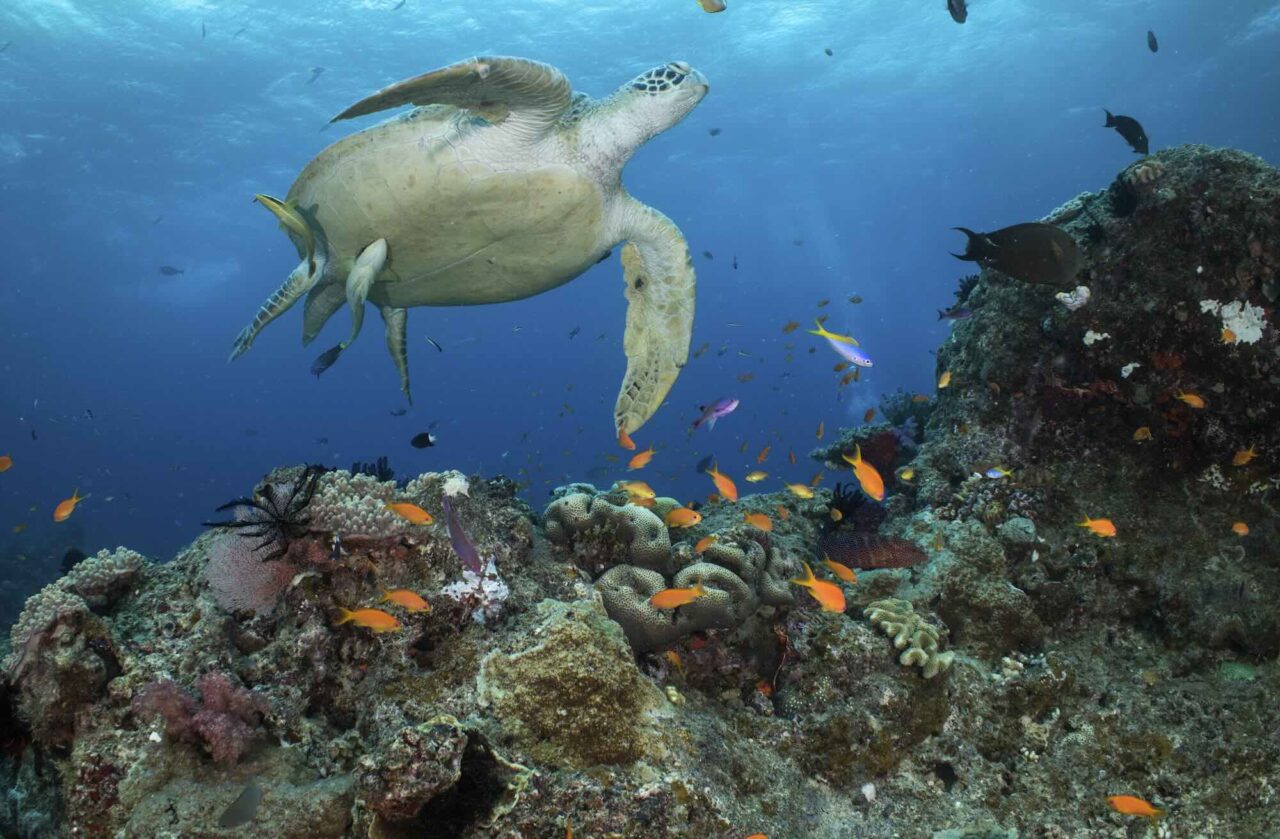
The eel, the black-tailed godwit and the shy porpoise of the Baltic Sea. The situation for the wildlife species that migrate – sometimes thousands of miles – is rapidly deteriorating. It shows a heavy report that warns of devastating effects for nature.

The ocean is exposed to so many threats - but we must not give up hope for the future, says oceanographer Helen Czerski. By spreading knowledge about life below the surface, we can engage more people in the fight for a healthy ocean for future generations. We have to talk about it, says Helen Czerski…

The Swedish government is moving ahead with plans for two offshore wind farms, a project called "Västvind" in the North Sea and a project called "Dyning" in the Baltic Sea.
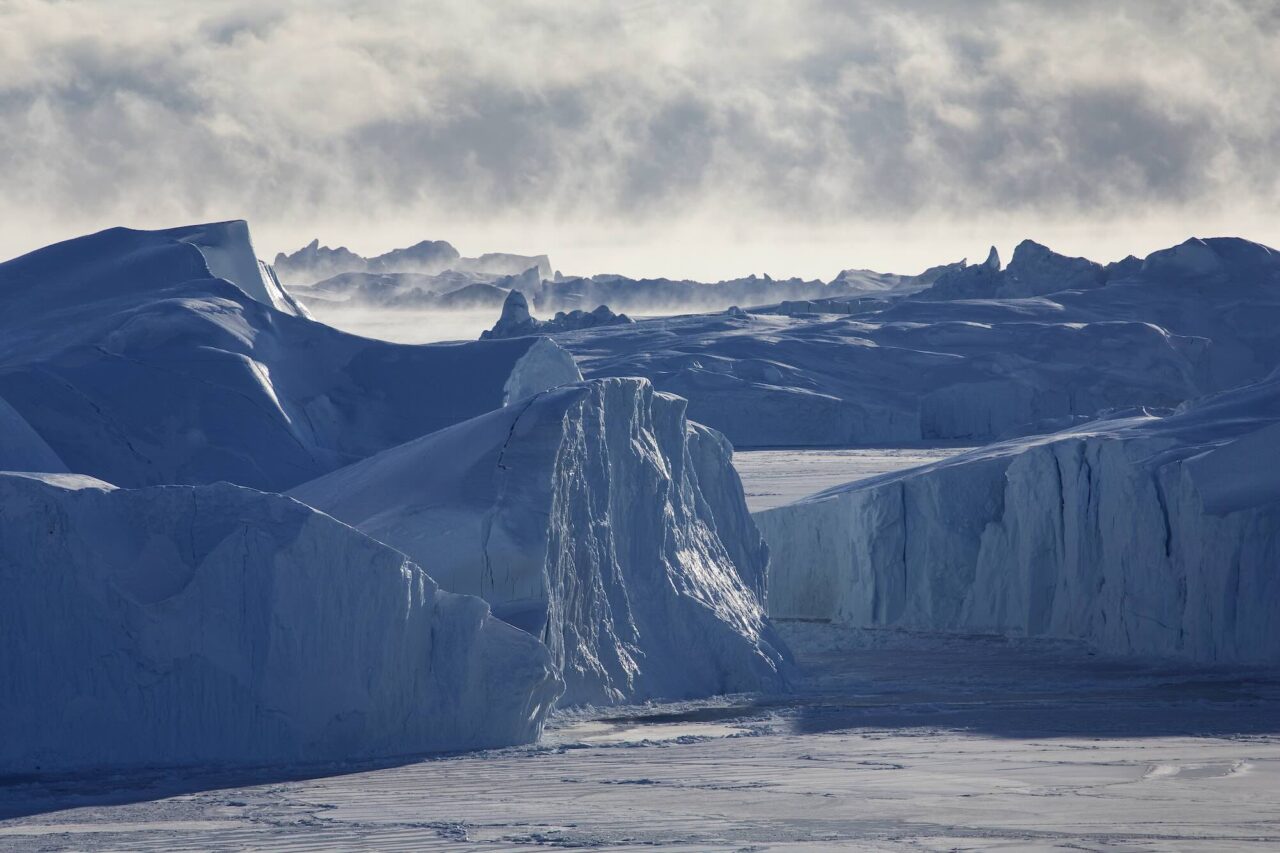
Grönland tappar närmare 30 miljoner ton is – varje timme. Enligt forskarna bakom en ny studie kan det innebära att Grönlands istäcke har nått en oåterkallelig brytpunkt.
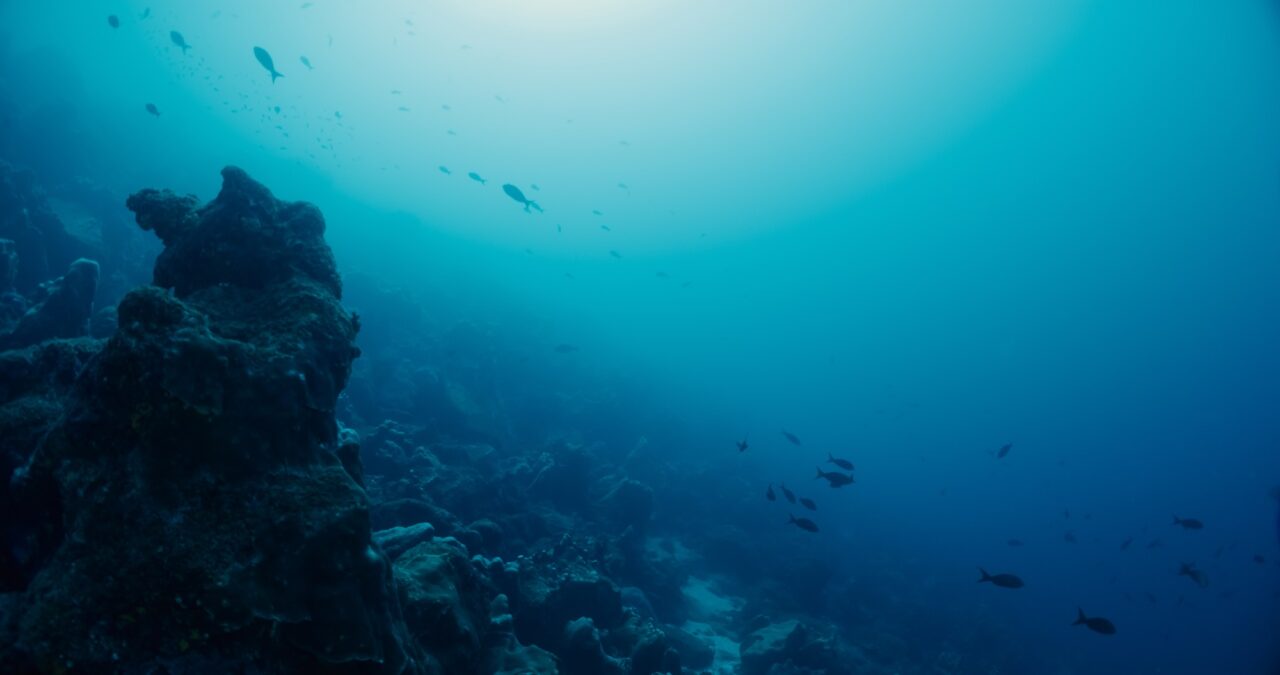
Awareness of the sea's importance to the planet has penetrated the finest salons. The World Economic Forum (WEF) in Davos brings together some of the world's most powerful decision-makers in politics and business. Business leaders, international politicians and "prominent intellectuals" discuss what the organizer defines as the most pressing issues for the world. This year, the environment and the sea are high on the agenda.
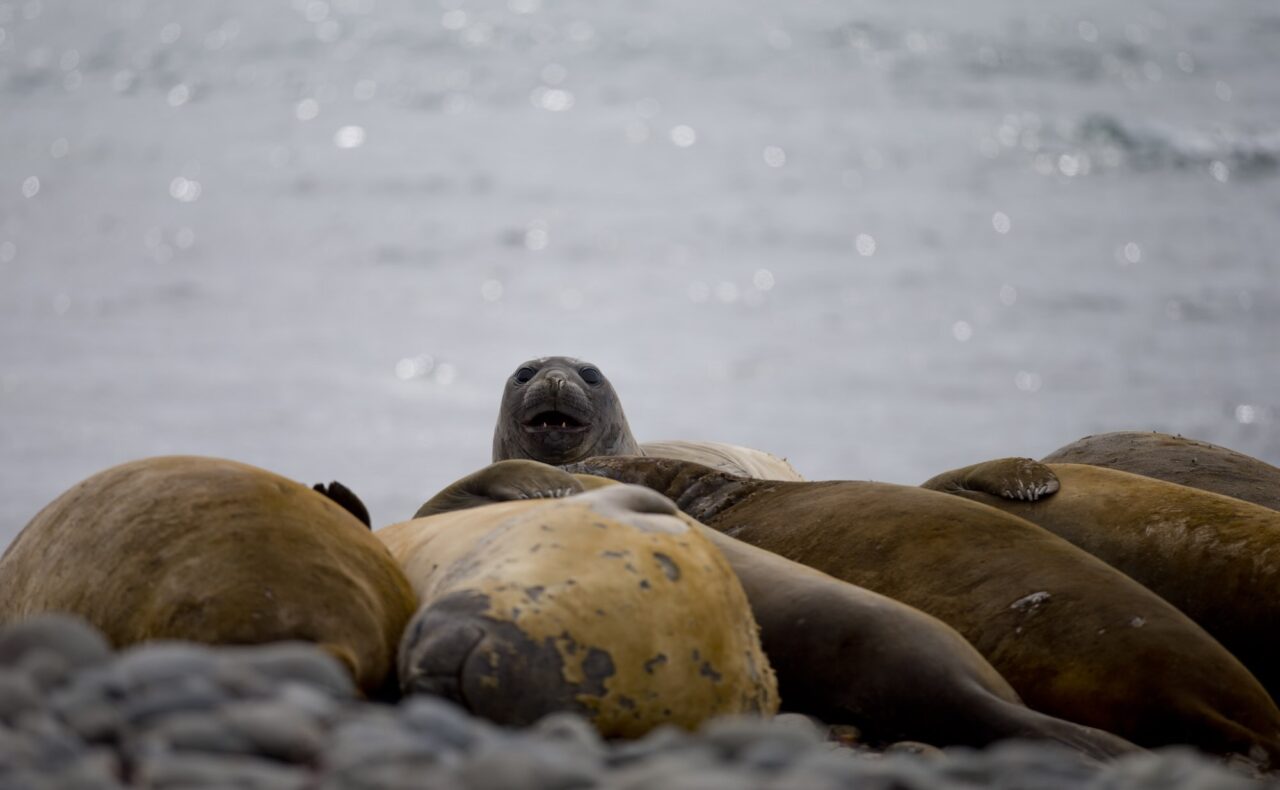
Bird flu has been detected in fur seals and elephant seals on the subantarctic island of South Georgia in the South Atlantic, scientists confirm. It is a cloud of worry because the infectious disease has already killed millions of birds worldwide.
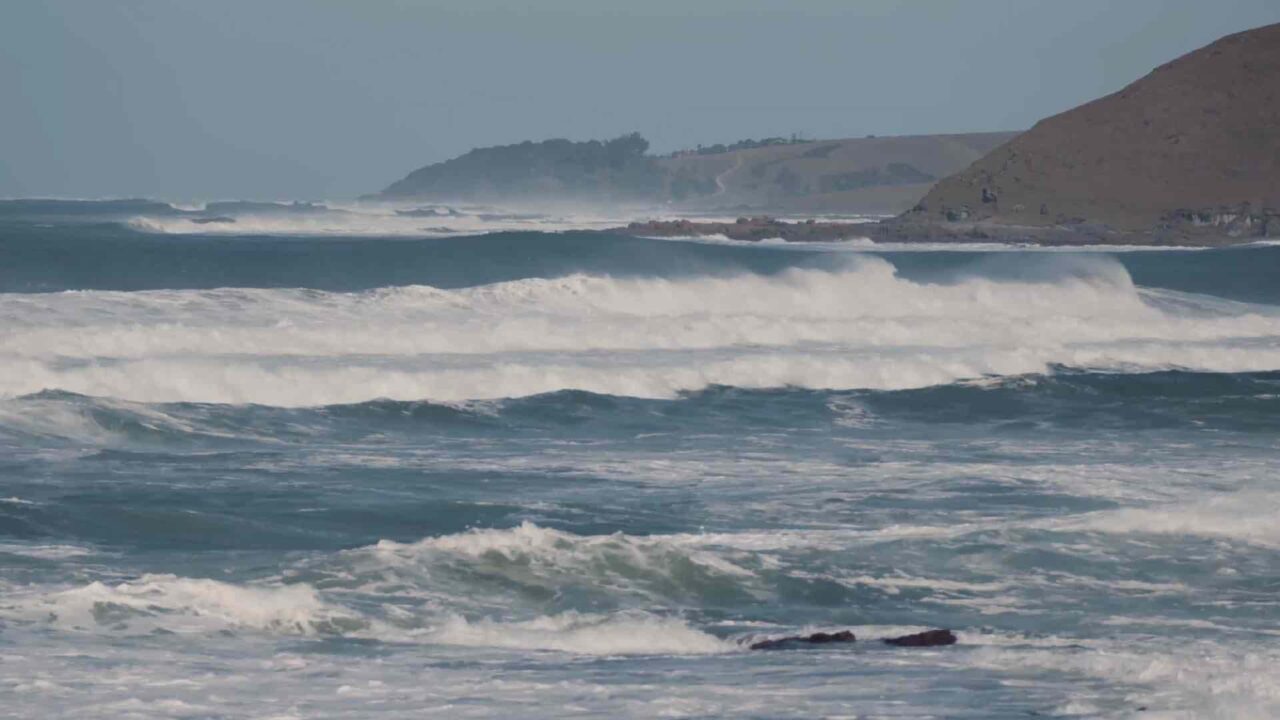
Kwanele Mbatha makes a living by subsistence fishing and guiding tourists along South Africa’s Wild Coast but this fragile ecosystem faces the threat of overfishing, damage from oil and gas exploration, mining and many other human activities.
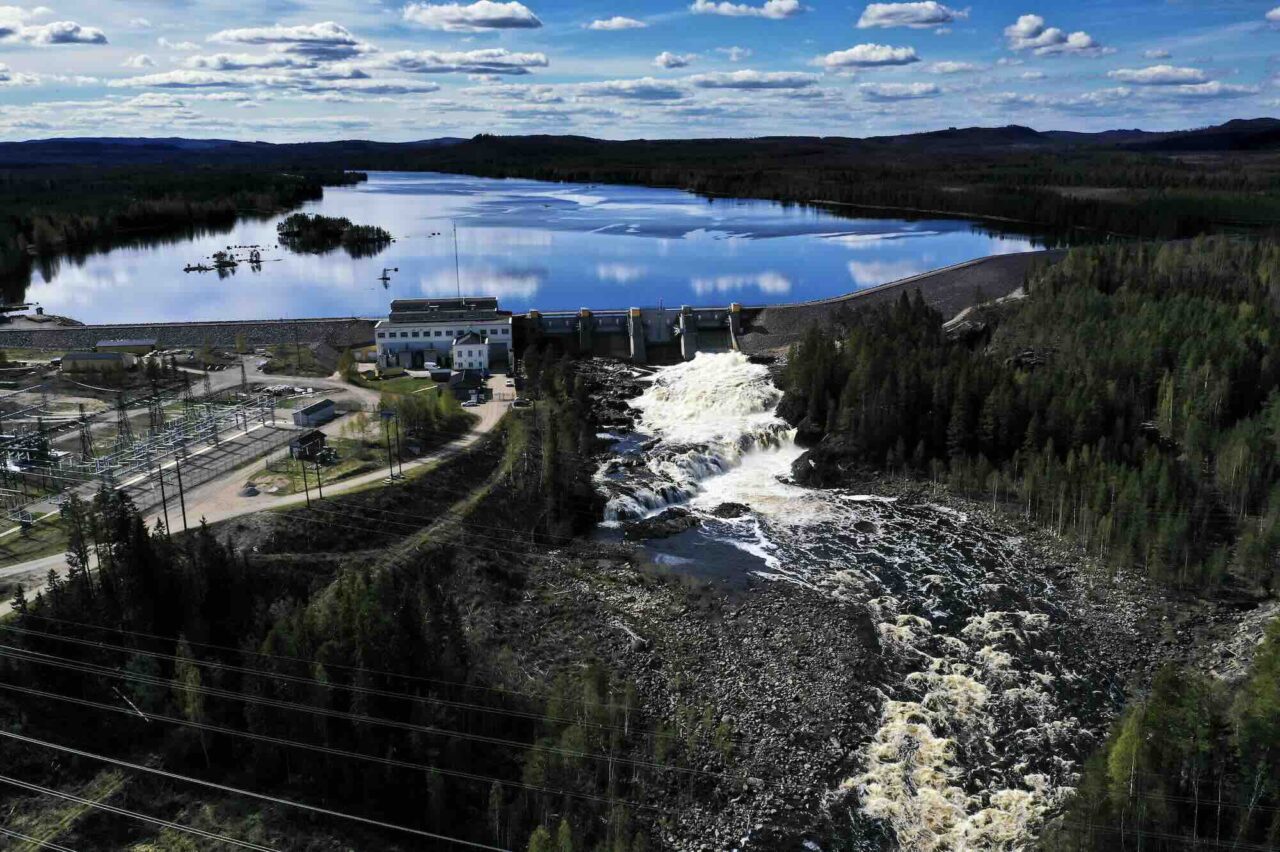
The electricity crisis caused the government to stop environmental testing of hydropower. In the new Tidö agreement, the stoppage is postponed for two months, but after that the trials must be resumed.